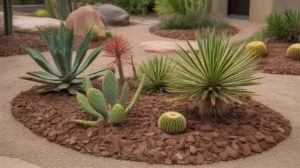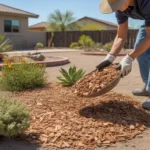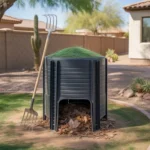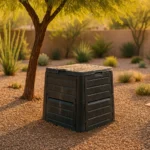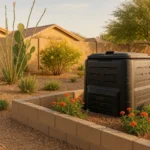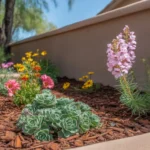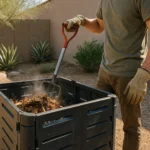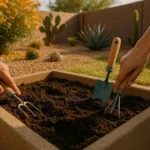Mulch is a landscaping superhero in Gilbert’s arid climate, but using it effectively takes some know-how. With our hot summers and minimal rainfall, the right mulching techniques can be a game-changer for keeping your yard healthy while saving water. Let’s explore some pro tips to help you master mulch use in your Gilbert landscape.
Why Mulch Matters in the Desert
Before we dive into the how-to, it’s important to understand why mulch is so beneficial in Gilbert’s desert environment. Mulch acts as a protective layer over your soil, shielding it from the intense sun and heat. This has several key advantages:
- Reduces moisture evaporation, so you can water less often
- Moderates soil temperature to protect plant roots
- Suppresses weed growth by blocking sunlight
- Enriches the soil as organic mulches break down over time
In Gilbert’s extreme conditions, mulch creates a more hospitable environment for your plants to thrive while conserving precious water resources. One local landscaper notes, “With our brutal summers, I always recommend a 3-4 inch layer of mulch for clients who want to reduce their water bills and keep their plants happy.”
Choosing the Right Mulch for Gilbert Landscapes
Not all mulches are created equal, especially in the desert. Here in Gilbert, you’ll want to opt for mulch materials that can handle the heat and sun without breaking down too quickly. Some top choices include:
- Inorganic mulches like gravel, pebbles, or crushed stone. These are very durable and won’t wash or blow away easily.
- Bark or wood chips from hardy, local trees like mesquite or palo verde. These organic options enrich the soil as they decompose.
- Compost made from yard waste and food scraps. Homemade compost is an eco-friendly, nutrient-rich mulch option.
Avoid lightweight mulches like straw or grass clippings, which can easily scatter in the wind. Chunky bark or wood chips tend to stay put better than fine-textured mulches. As one Gilbert garden center pro advises, “Go for heavier, coarser mulch materials in our climate for the best coverage and soil protection.”
When and Where to Apply Mulch
Early spring and fall are the best times to add or refresh mulch in Gilbert yards. Aim for a depth of about 3-4 inches for maximum benefits. Be sure to leave some space around the base of trees and shrubs to prevent moisture buildup and rot.
Focus your mulching efforts on key zones:
- Garden beds and planted areas
- Around the base of trees and large shrubs
- In bare patches where you want to suppress weeds
- On slopes or areas prone to erosion
A Gilbert landscaping contractor suggests, “Mulch is your secret weapon against bare dirt – it makes your yard look tidy while keeping the soil and plants underneath healthy. Just keep it a few inches away from foundations, walls, and tree trunks.”
Watering and Maintaining Mulched Areas
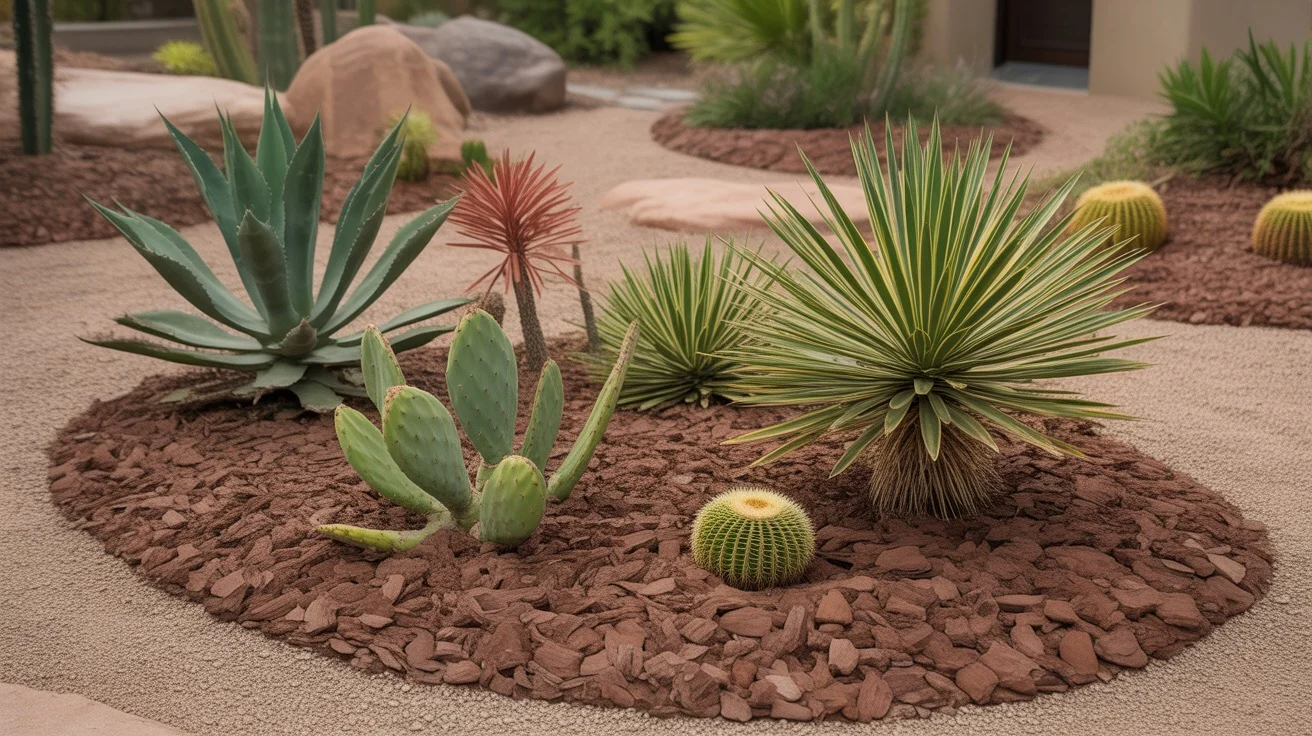
Once you’ve spread a nice deep layer of mulch, you can actually water less frequently. The mulch locks in soil moisture, so your plants can go longer between irrigation cycles. Check the soil below the mulch every few days – when it feels dry an inch or two down, it’s time to water.
To maintain your mulched areas over time:
- Pull any weeds that pop up before they can spread
- Rake and fluff the mulch occasionally to prevent compaction
- Add a fresh top layer once or twice a year as the mulch breaks down
- Consider replacing lightweight organic mulches yearly for best performance
With proper care, your mulched Gilbert landscape will require less water, weeding, and babying over the long haul. As one local expert puts it, “Think of mulch as your yard’s suit of armor against the harsh desert elements. A little maintenance goes a long way.”
Troubleshooting Common Mulch Problems
While mulch has many benefits, there are a few issues to watch out for, especially in Gilbert’s tricky climate. Here’s how to handle some common mulch challenges:
- Soggy mulch: Cut back on watering frequency and ensure good drainage to prevent mold or mildew growth, especially with organic mulches.
- Weed seeds in mulch: Opt for mulch that has been heat-treated to kill weed seeds. If weeds sprout, pull them early and often.
- Pests in mulch: Avoid mounding mulch too close to your home’s foundation, as it can attract termites and other insects. Keep mulch at least 6 inches from the base of your house.
- Mulch fires: In Gilbert’s extreme heat, some organic mulches like shredded bark can dry out and become a fire hazard. Choose chunky bark or inorganic options in high-heat areas for safety.
If you notice any persistent problems, it’s best to consult with a local landscaping pro who understands the unique challenges of mulch use in Gilbert. With a bit of troubleshooting and the right approach, you can keep your mulched areas looking and performing their best.
The Bottom Line on Mulch in Gilbert
For Gilbert yards, a strategic mulching plan is key to creating a landscape that can handle the harsh desert conditions. By choosing the right mulch materials, applying them properly, and keeping up with light maintenance, you’ll reap the benefits of healthier soil, less thirsty plants, and easier upkeep.
Remember, a little mulch goes a long way in our arid climate. Whether you opt for organic or inorganic materials, maintaining that protective mulch layer is one of the best investments you can make in your Gilbert landscape. With these mulching tips in your toolbox, you’re well on your way to cultivating a yard that thrives in the desert heat.

